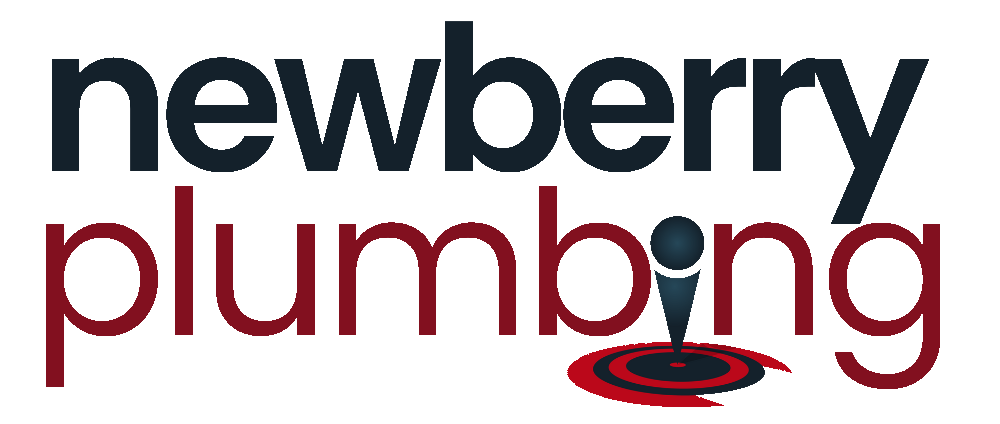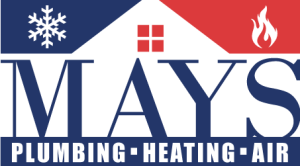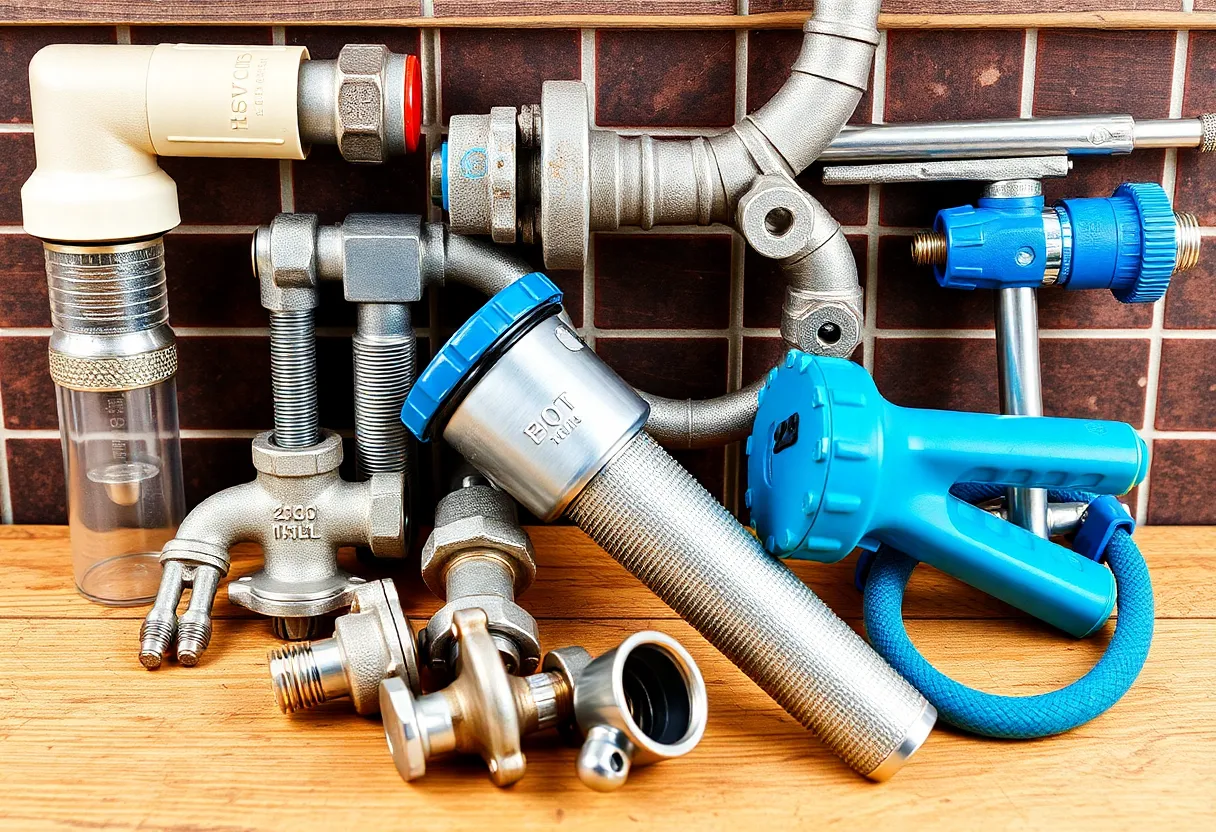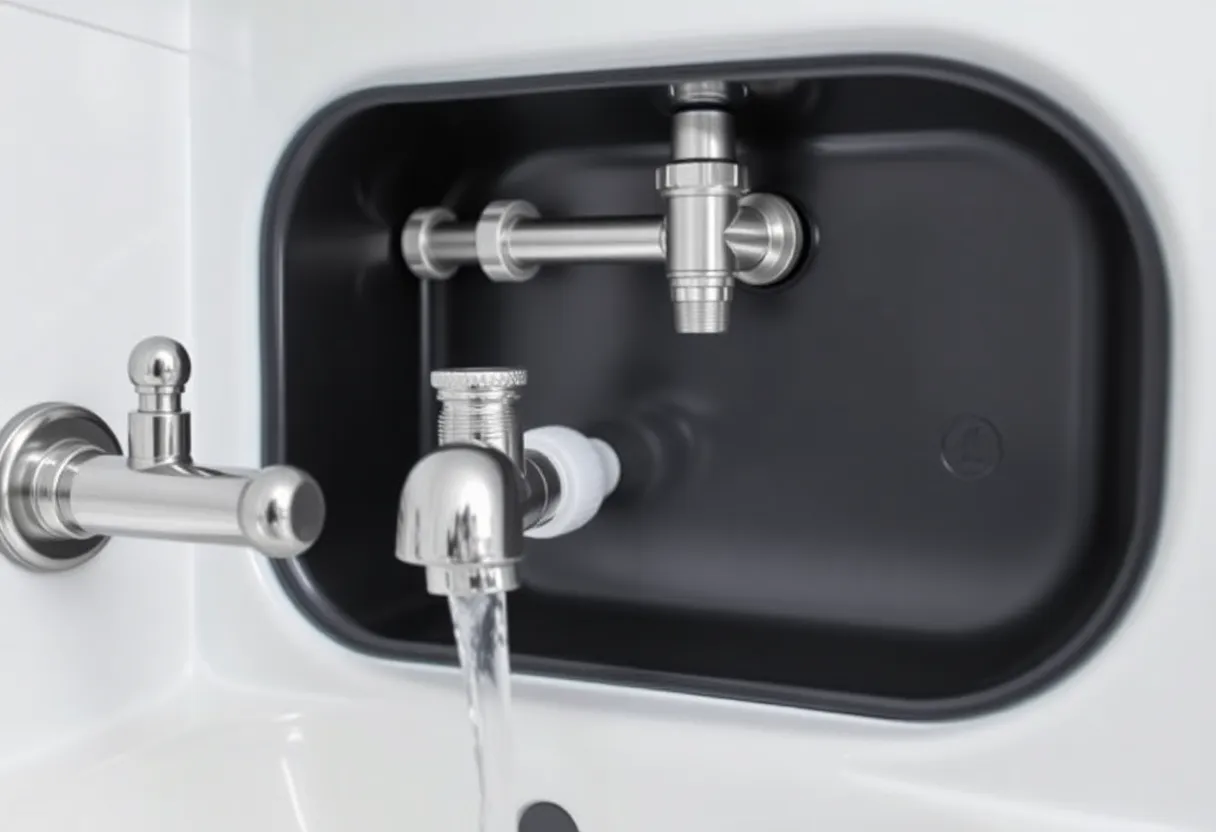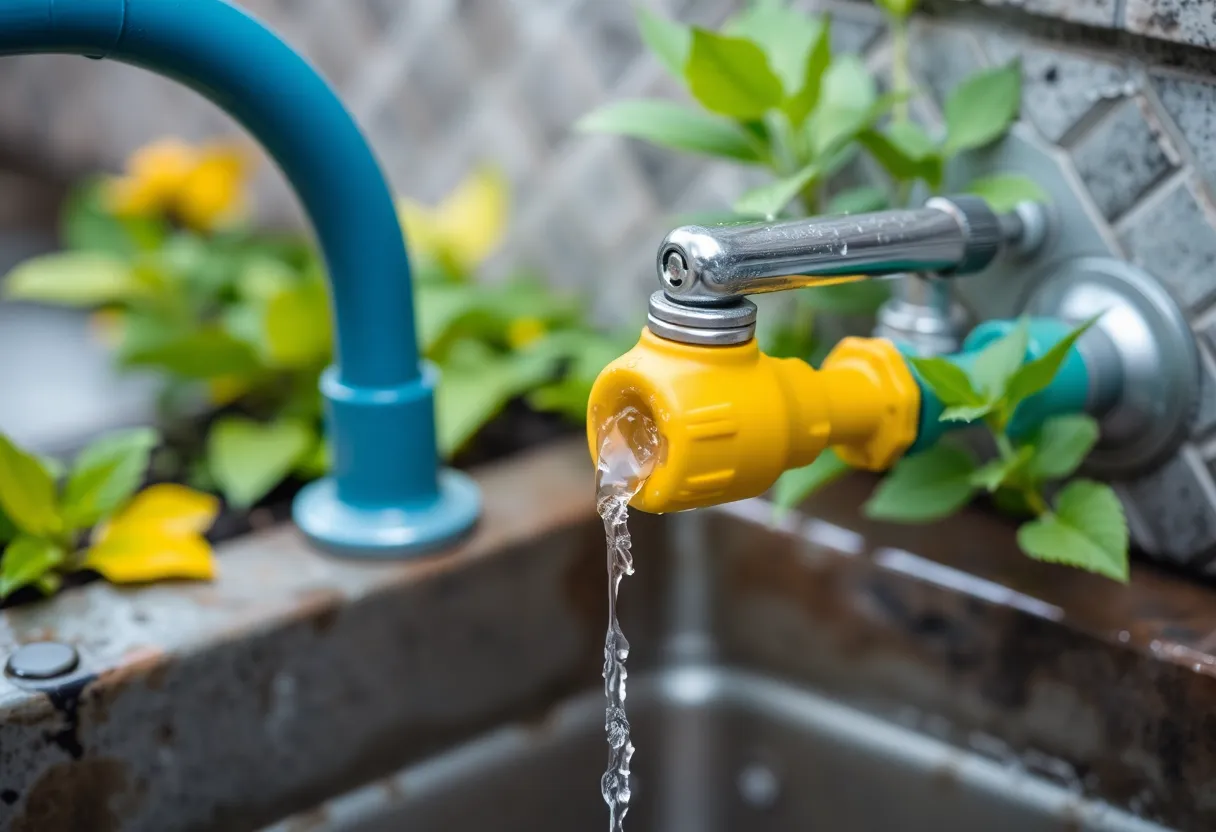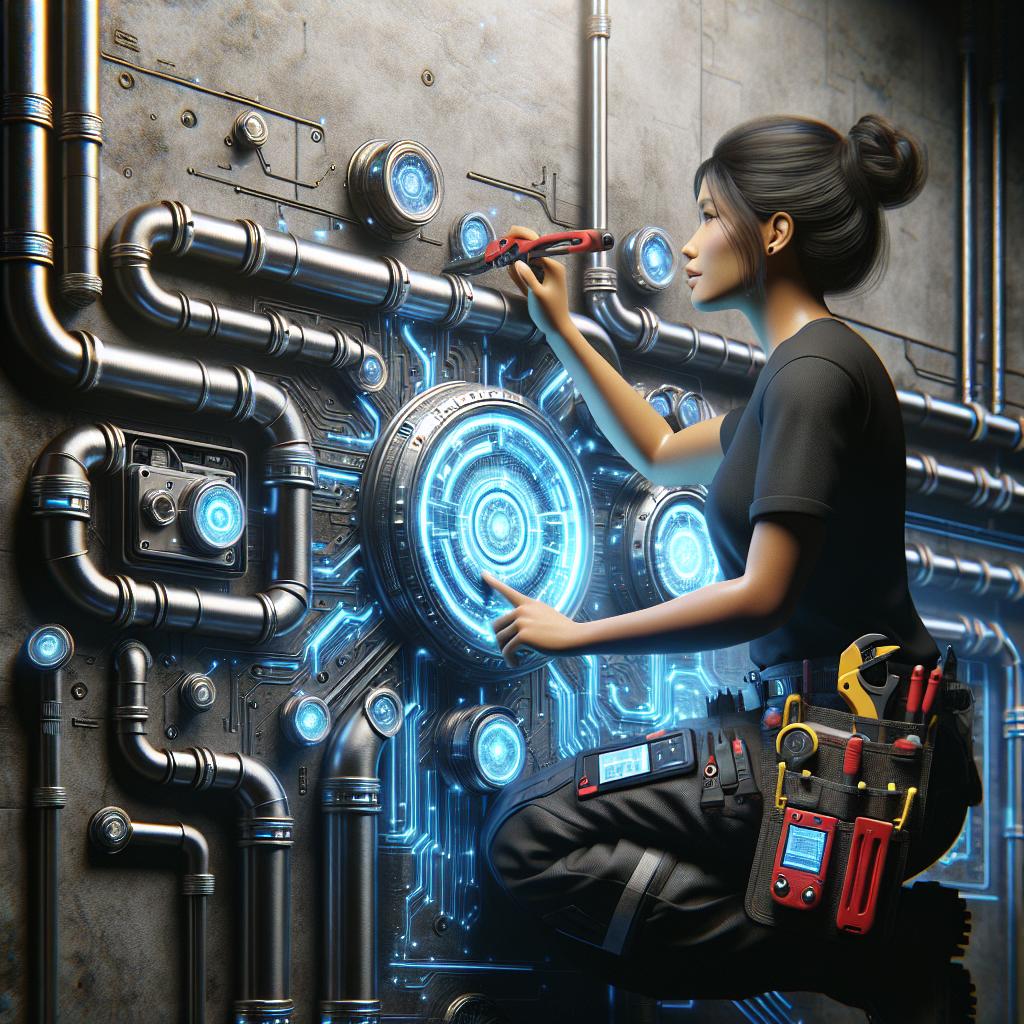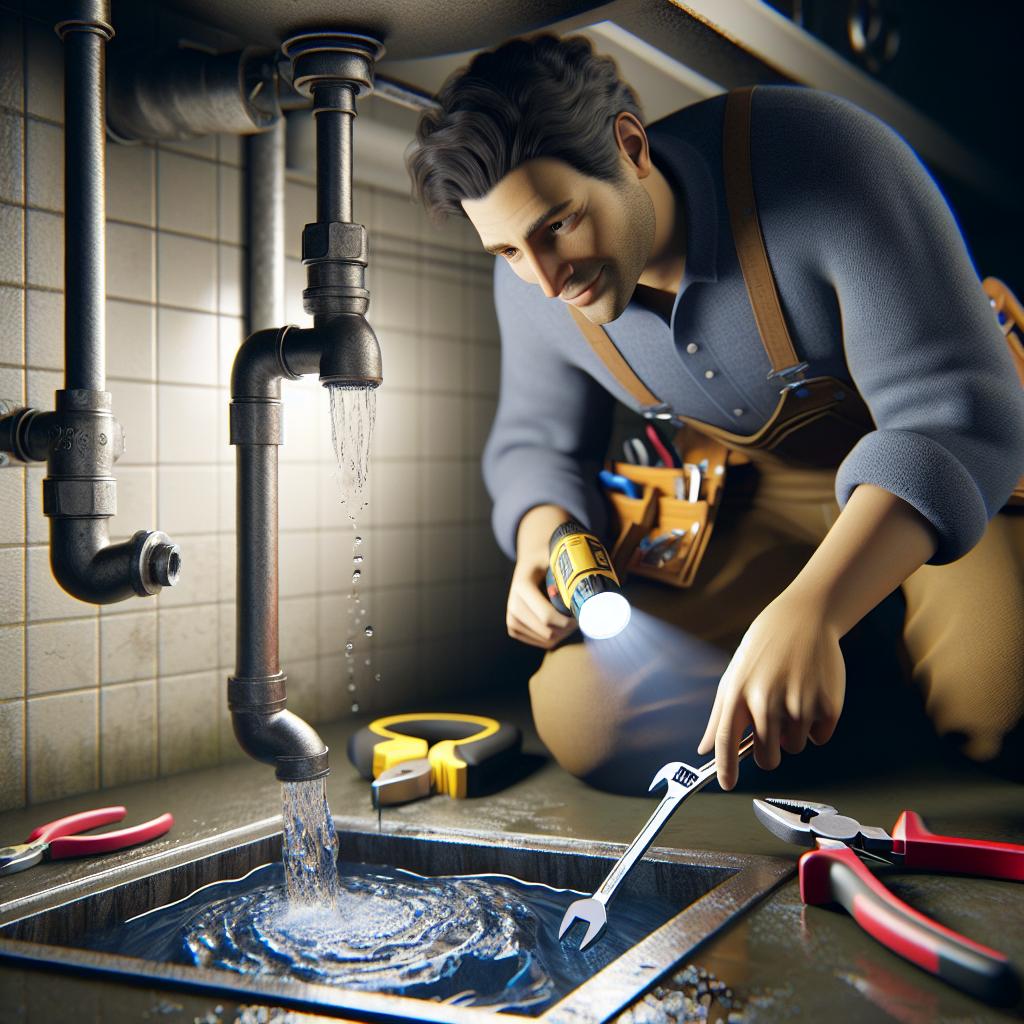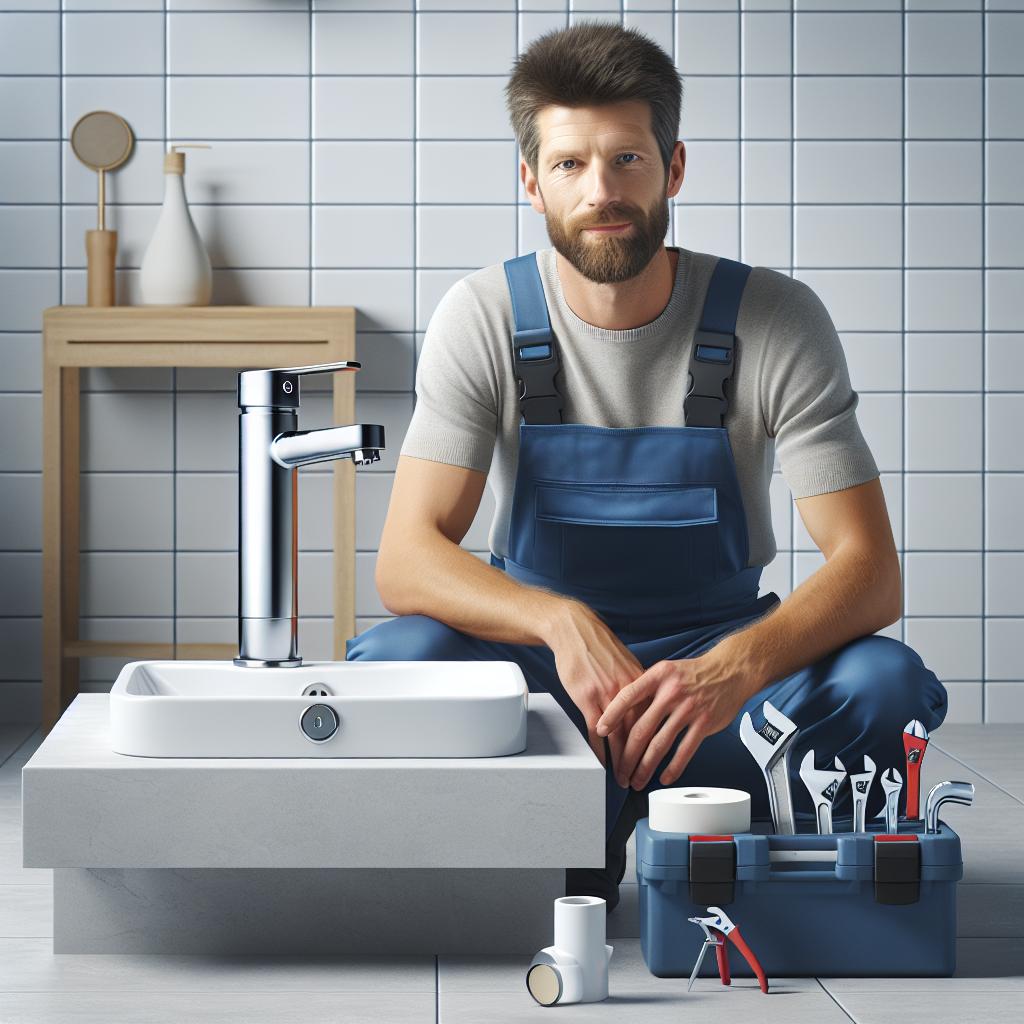The Plumbing Survival Kit: 10 Essential Tools Every Homeowner Should Have for Emergencies
Every homeowner faces plumbing emergencies at some point. If you’re prepared, these situations might be manageable rather than catastrophic. The best way to ensure you’re ready is to have a plumbing survival kit at your disposal. In this article, we will explore the ten essential tools every homeowner should have to address plumbing emergencies effectively.
Why Having a Plumbing Survival Kit is Essential
No one can predict when a plumbing issue will arise, whether it’s a leaking pipe, a blocked drain, or a malfunctioning toilet. When trouble strikes, having the right tools can save you from significant damage and costly repairs. A well-prepared homeowner with the correct tools can tackle many common plumbing problems with confidence. Let’s delve into the ten essential tools you should include in your plumbing survival kit.
1. Adjustable Wrench
An adjustable wrench is an indispensable tool in any plumbing toolkit. It allows you to grip various sizes of nuts and bolts, which is crucial when dealing with plumbing fixtures. Its flexibility makes it perfect for tightening or loosening fittings, especially in tight spaces.
Features of a Quality Adjustable Wrench
- Wide jaw capacity for various fittings
- Comfortable grip for prolonged use
- Durable material to withstand tough conditions
2. Plunger
One of the most basic yet effective tools for any homeowner is a plunger. It’s a must-have for clearing clogged toilets and sinks. There are different types of plungers: the standard cup plunger for sinks and the flange plunger specifically designed for toilets.
Choosing the Right Plunger
When selecting a plunger, consider the following:
- For toilets, opt for a flange plunger, which has an extended rubber flap to create a better seal.
- For sinks and tubs, a standard cup plunger will suffice.
3. Pipe Wrench
If you’re dealing with larger plumbing pipes, a pipe wrench will come in handy. This tool provides excellent grip and leverage, allowing you to tighten or loosen pipe fittings with ease.
Best Practices for Using a Pipe Wrench
- Always use the right size wrench to avoid straining the pipes.
- Use the wrench close to the pipe joint to maximize effectiveness.
4. Basin Wrench
An often-overlooked tool, a basin wrench is specifically designed for hard-to-reach faucet nuts. This tool has a long handle and a pivoting jaw that allows you to reach nuts on sink basins easily.
Benefits of a Basin Wrench
- Perfect for tight spaces and difficult angles.
- Helps to avoid damaging your plumbing fixtures while working.
5. Screwdriver Set
A comprehensive screwdriver set is essential, as many plumbing fixtures are secured with screws. A mix of flathead and Phillips screwdrivers is ideal for handling various types of fittings.
Choosing Quality Screwdrivers
- Look for screwdrivers with magnetic tips for easy screw handling.
- Opt for comfortable, non-slip handles for prolonged use.
6. Pipe Dope and Teflon Tape
Pipe dope and Teflon tape are necessary items for sealing threaded connections in plumbing applications. These materials prevent leaks and ensure a watertight seal.
When to Use Pipe Dope vs. Teflon Tape
- Use Teflon tape for threaded connections on non-pressurized pipes.
- Apply pipe dope for additional sealing power, especially on pressurized connections.
7. Handheld Drain Snake
When plungers fail, a handheld drain snake can be your next line of defense. This tool is invaluable for removing stubborn clogs from sinks and drains.
Using a Handheld Drain Snake
- Insert the snake into the drain and push it until you encounter resistance.
- Turn the handle to break up the clog and pull it out.
8. Water Meter Key
In case of a plumbing emergency, a water meter key can be vital for quickly shutting off your home’s water supply. This tool is particularly important if a pipe bursts.
The Importance of Knowing Your Shut-off Valves
- Recognize where your home’s main shut-off valve is located.
- Practice using the water meter key so you can act quickly in emergencies.
9. Bucket
While it may seem obvious, having a bucket is essential in managing plumbing emergencies. Whether it’s catching dripping water from a leak or providing additional space for tools and materials, a sturdy bucket comes in handy.
Choosing the Right Bucket
- Select a bucket with a sturdy handle for easy transport.
- Ensure it has a wide base for stability on wet surfaces.
10. Safety Gear
Last but not least, don’t forget to include safety gear in your plumbing survival kit. Accidents can happen, and being prepared can keep you safe.
Essential Safety Gear
- Gloves: Protect your hands from chemicals and sharp tools.
- Goggles: Shield your eyes from debris and splashes.
- Mask: If you’re working with chemical cleaners, a mask can protect you from fumes.
Conclusion
Being prepared for plumbing emergencies can save homeowners both time and money. Having a plumbing survival kit equipped with the right tools allows you to address situations promptly and effectively. Invest in these ten essential tools: an adjustable wrench, plunger, pipe wrench, basin wrench, screwdriver set, pipe dope and Teflon tape, handheld drain snake, water meter key, bucket, and safety gear. With this kit on hand, you’ll feel more confident tackling any plumbing issues that come your way.
